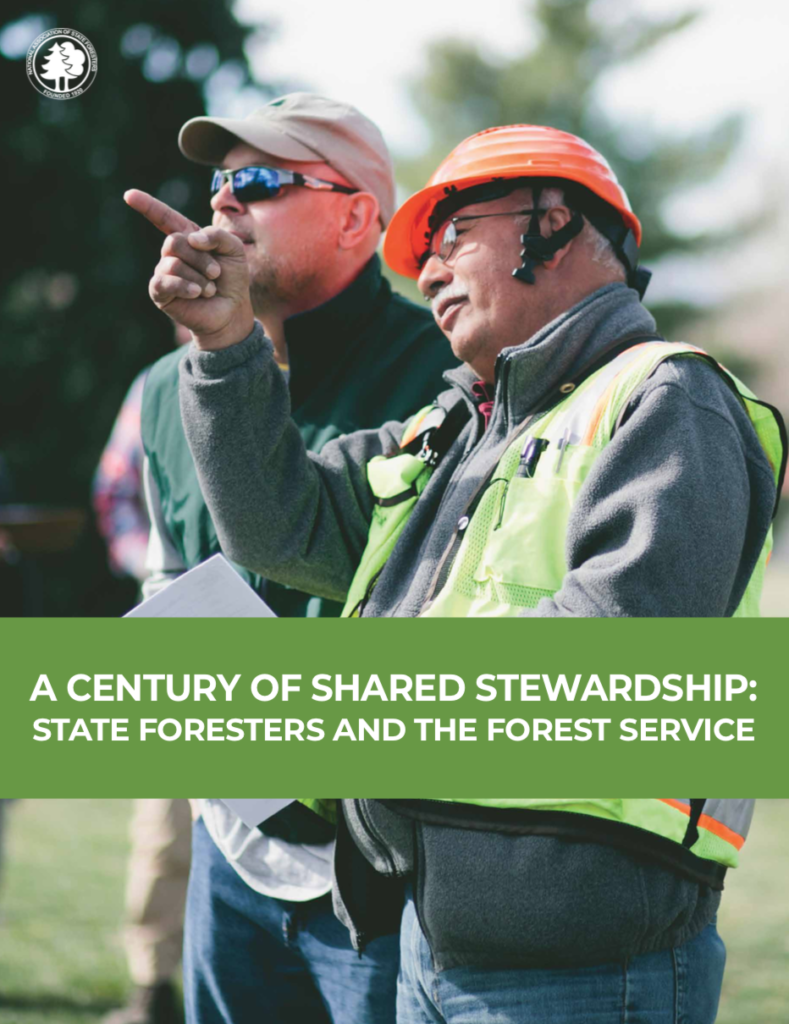For more than a century, partnerships have been at the heart of state forestry agencies’ work to conserve and protect our nation’s forests.
State and private forests make up sixty-six percent – over 520 million acres – of the forested acreage in the United States. State forestry agencies in all 50 states, the District of Columbia, and eight U.S. territories work hand-in-hand with private landowners to manage and protect these forests. The federal government is directly responsible for the remaining third held in public trust.
Jurisdictional boundaries between state, private, and federal forests are hard to miss on a map – but for forest pests, disease, and wildfire – those boundaries that are so clear to us, simply don’t exist. Pests and unwanted fire move freely between forest types, to and from different ownerships, up and down watersheds, and under the right conditions, travel tremendous distances, leaving millions of dead and compromised trees in their wake every year.
This is why forest managers need cross-boundary partnerships: to mitigate boundaryless threats. These partnerships aren’t easy – in fact, they can be quite difficult to forge, maintain, and repair – but we know, after many decades of incremental progress and set-backs, they’re the only way we can protect and conserve America’s forests and trees.
State forestry agencies can help achieve greater outcomes on all lands for all Americans with shared decision-making and priority-setting.
And with Forest Action Plans at the foundation of shared decision-making and priority-setting for the management of America’s forests,
- Limited resources can be shared and used more efficiently for greater effect.
- No one forest type, state or region, management priority, or ownership will receive more or less than its fair share of resources.
- State foresters will be equal partners in the continuous improvement of federally supported programs and the development of widely applicable and shareable tools and strategies for forest and wildland fire management.
- Federal agencies will recognize and respect the many differences among states and grant them maximum discretion and flexibility as they formulate their individual responses to the “invitation of shared stewardship.”


